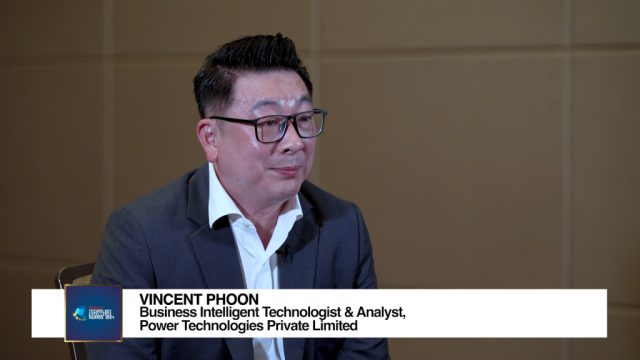
Why ASEAN Integration is Compelling for Businesses
By Hazik MohamedASEAN integration into a single market under the ASEAN Economic Community or AEC2015 initiative will foster cooperation among ASEAN member countries in terms of economics, environmental, social cohesion and regional security, by enhancing self-management capabilities and promoting regional competitiveness.
With an economy worth more than US$2 trillion as of last year, ASEAN is collectively the third-largest economy in Asia after China and Japan. Southeast Asian finance ministers have predicted the region's economies will expand more quickly in 2012 than the previous year, and pledged vigilance against sharp movements in capital flows.
They predicted GDP growth for the region as a whole at between 5.6% and 6.3% for this year, compared with 4.5% in 2011. The downside risks to the region include a weak global demand, tight liquidity, rising oil prices and volatile capital flows.
By developing a single market and regional competitiveness with respect to China & India, it will ensure ASEAN and its 10 members, economic sustainability and independence. So instead of a market of 5 million in Singapore alone, for instance, Singapore-based businesses are able to tap intothe 600 million market size of ASEAN.
Measures to counter Global Shocks
ASEAN finance officials and the heads of regional central banks are naturally concerned with the possibility of economic crisis in Europe and the US cascading to the Southeast Asian economies. One of the steps that the officials have taken is that of doubling a regional crisis fund to US$240 billion known as the Chiang Mai Initiative Multilateralisation (CMIM).
Protection from the US and European economic crisis – which threatens many regional exporters exposed to the West – would come in the form of integrated finance among member states and boosted access to emergency funds and make it less reliant solely on the International Monetary Fund. The CMIM decision-making is supported by an independent regional surveillance unit which monitors and analyses regional economies known as the ASEAN+3 (ASEAN, China, Japan, Korea) Macroeconomic Research Office (AMRO).
Regional Infrastructure Investment
The new US$485 million ASEAN Infrastructure Fund (AIF) is ASEAN's largest financing initiative to date. The fund will help to finance the development of road, rail, power, water and other critical infrastructure across the region, which have been estimated at some US$60 billion per annum by the Asian Development Bank (ADB). The AIF is expected to finance around six new infrastructure projects in the region each year, to remedy deficiencies in connectivity within the market. This will boost trade and its efficiency, foster economic growth and create more job opportunities.
Differences in Economic Progress
According to the World Bank, Singapore and Brunei are the only ASEAN countries that are considered high income. Malaysia and Thailand are categorised as upper-middle income economies, while Indonesia, the Philippines, and Vietnam are lower-income economies. Cambodia, Laos and Myanmar, on the other hand, are low-income.
Each country has its own relative strengths and weaknesses. However, as barriers between the ASEAN countries are reduced, the region as a whole should be able to combine their strengths and emerge more competitive on the international field. This regional interdependence will not only draw foreign investments but also strengthen domestic and regional resilience.
Our analysis shows that ASEAN countries offer the global business community varied options for their phased expansionary and long-term plans for the region, being a mixed bag of innovation-driven, efficiency-driven and factor-driven economies.
Challenges ahead
The road to deeper integration in the days ahead leading up to the target 2015 will be increasingly challenging. There are potential risks associated with public sentiment, when foreign businesses establish their presence locally.
For ASEAN to move towards deeper integration, consensus among the governments of member countries is required despite individual sovereignty being prioritised over driving ASEAN as one market. Protectionism would be the biggest risk for ASEAN growth.
Also, steps must be taken to tear down domestic "bric" walls – namely bureaucracy, regulation, interventionism and corruption, which may hinder this goal.
Still, ASEAN remains attractive to investors as it develops into a hot market. Whether it will eventually develop to be key driver for the global economy amid the weakening role of developed countries, will depend on local & regional businesses stepping up their efforts to tap into the rising opportunities and intricate possibilities.
Hazik Mohamed, Managing Director, Stellar Consulting Group Pte. Ltd.

























 Advertise
Advertise









